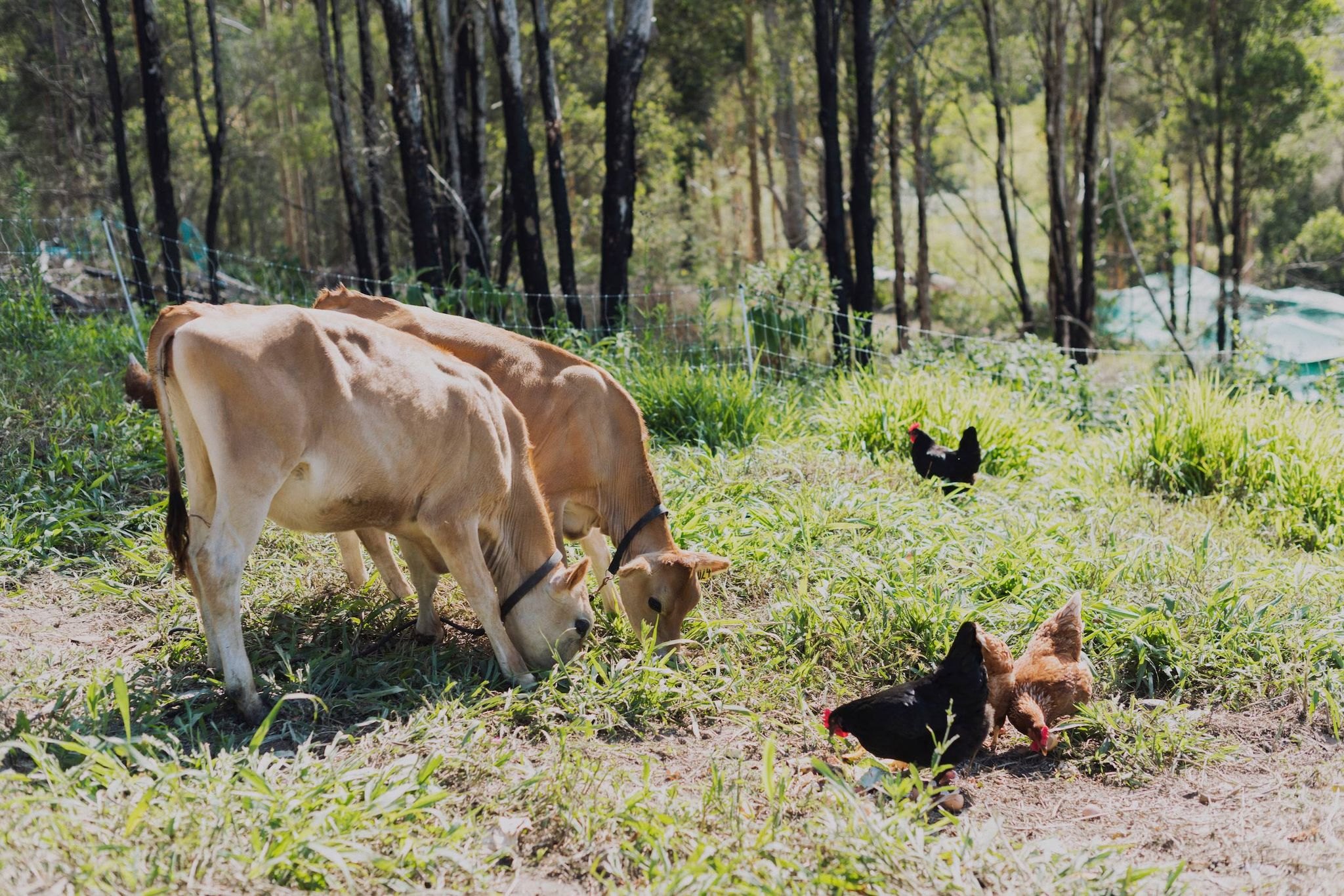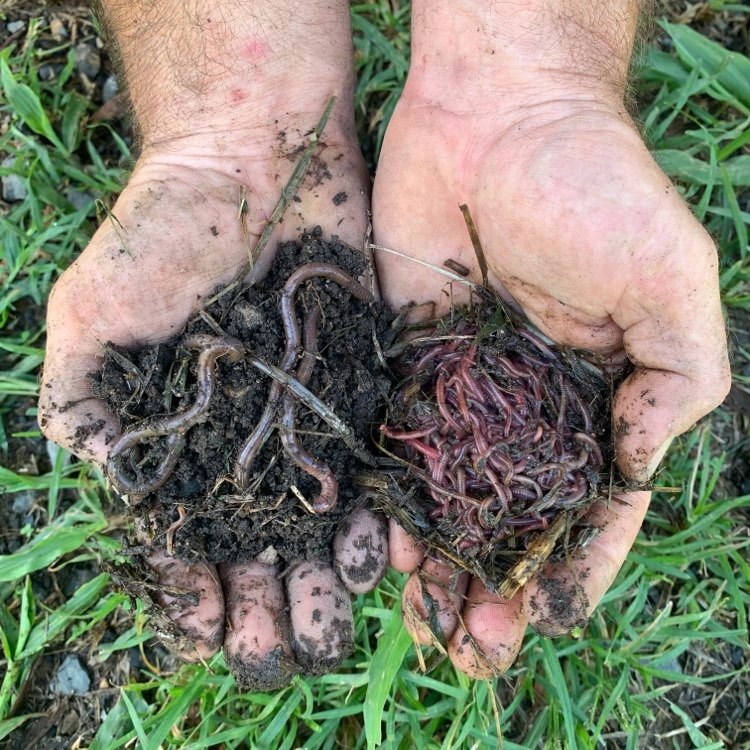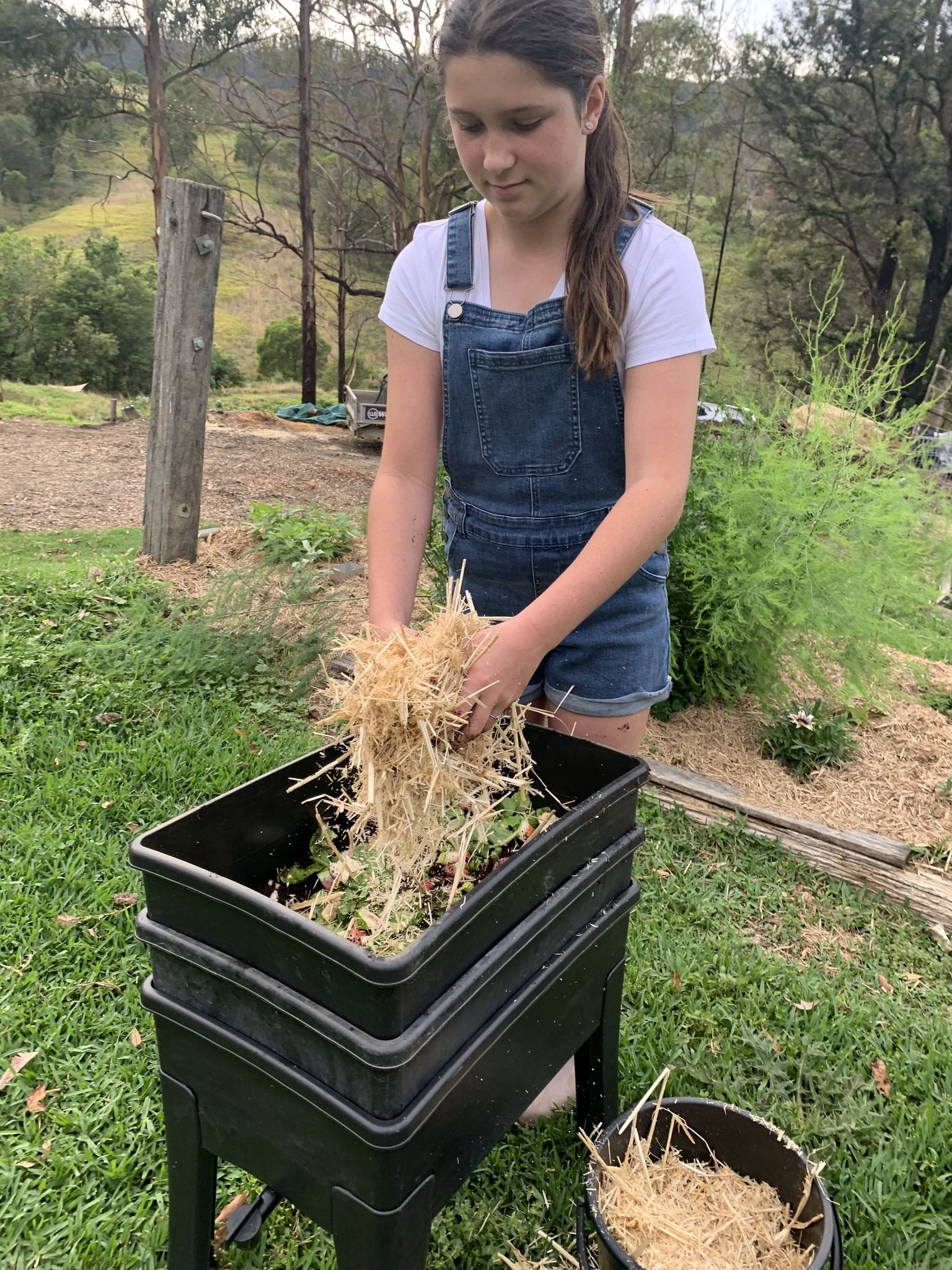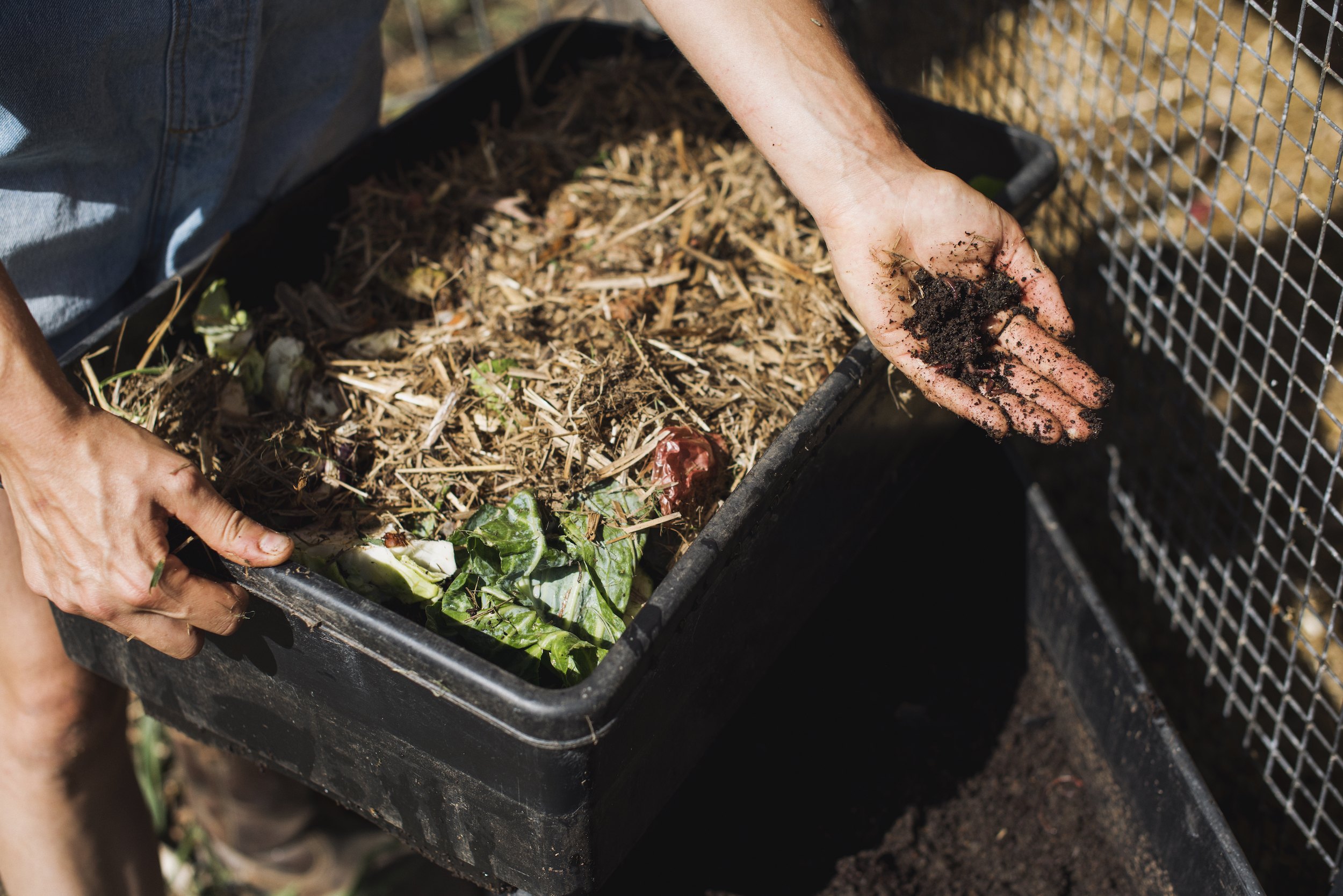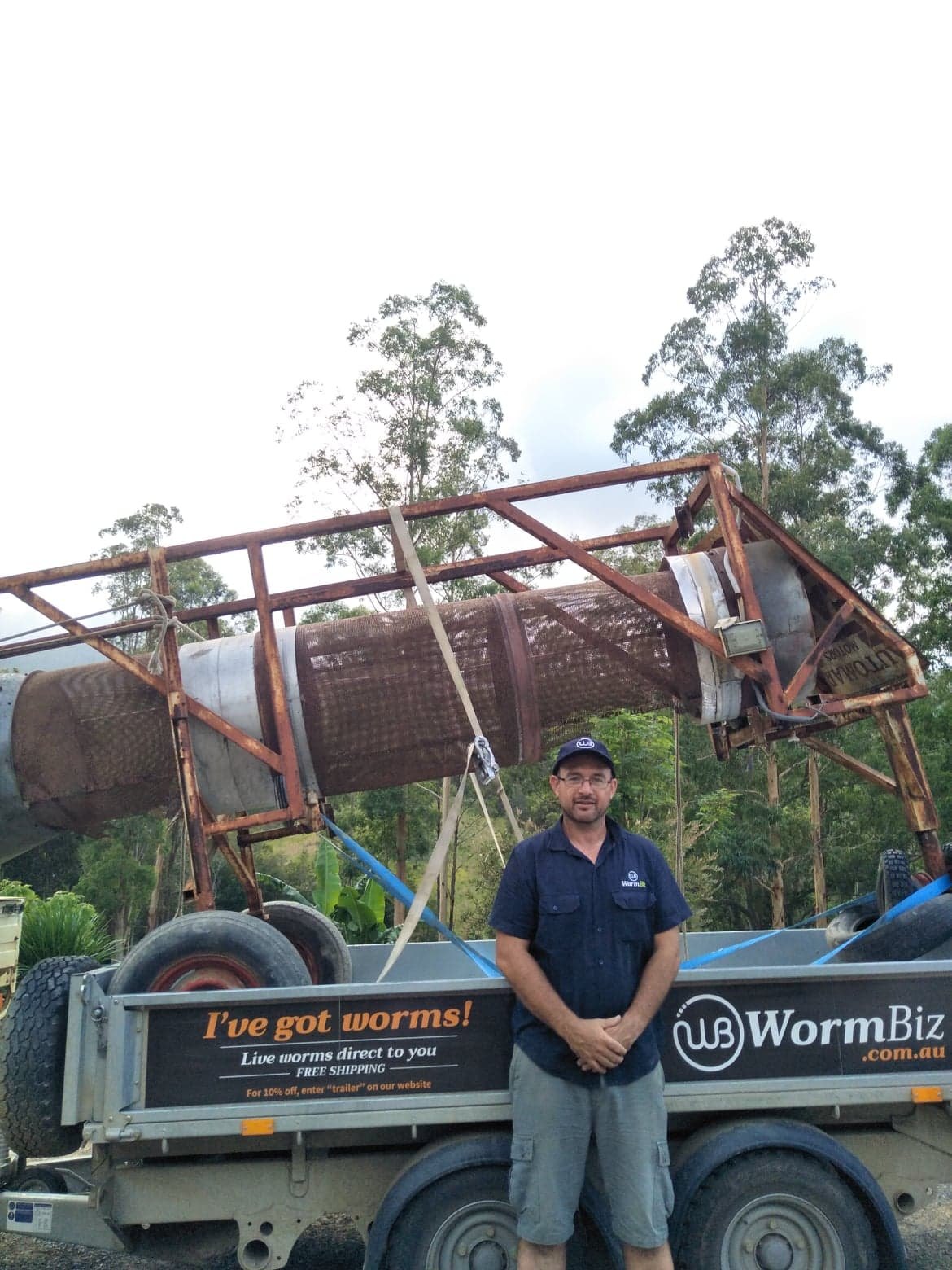5 mistakes that are easy to make
Posted on November 21, 2016 by WormBiz
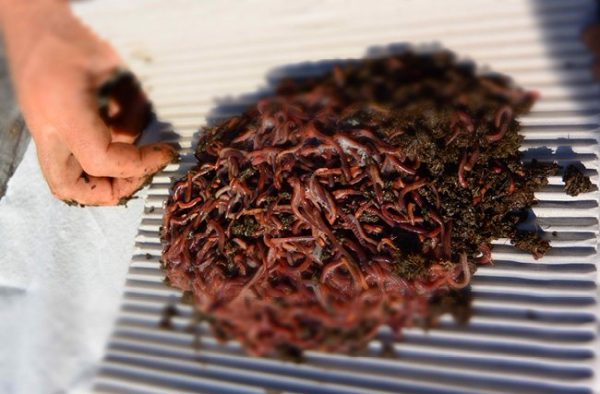
Top 5 mistakes your worms will not like.
It is well known the benefits of worms in the garden and how important they have been for the creation of the soils that help this planet breathe, buffering the suns relentless rays. Every avid worm farmer has experienced a wide range of complications inside their loved worm farms. The excited worm farmer new to the game has an arduous journey of trial and error before the worms seem to hold up to their reputation as veracious eaters. The worm albeit a simple living creature, is quite complex in its connection with its environment. Sensitivity is how the worms defend themselves and when things are bad, the good side of worm farming is astonishing in a magnitude of benefits for you, your home and your planet. Everyone benefits from worm farming even the people that don’t do it.
The difficulties in worm farming can succumb to the quick sell of how good worms really are. Most people, myself included, for the most part of our lives we know nothing about worms and their little farms but we hear about how good they are. The idea of worm farming is easier than it sounds, well at least to do it properly. Here are my top 5 mistakes that are commonly made.
- Too much food – it is way too easy to over feed your worms when starting out fresh for the first time. The common mistake is to underestimate how long it takes 1000 worms to increase in numbers so that the farm can consistently process the house waste. I have found that a fully working worm farm to process a household of two adults and a child will take approximately a total population of 8000 worms across three levels. To reach this point in time it will take approximately 6 months if the worms had now problems along the way. That is to say that that the worm population exponentially increased doubling in size every three months. Worms in a new environment have the ability to save their species and will indulge in mating and eating. In the beginning the worms with lots of space will become large with the sole purpose of laying eggs. It takes about three months for the baby worm to develop a clitilum and makes its passage into mother and fatherhood at the same time. The hardened yellow shell like casing can lay dormant in the right conditions for a considerable amount of time. Otherwise the capsule can hatch with an only child or a football team or brother and sisters. The research in the exact numbers and time and conditions is as rare as the site of a worm self-producing (which I have seen, but only once. A tiger worm with itself passed through its own clitilum. It was like finding a four leaf clover, I have no idea if it’s a common sighting but I have only ever seen the 1 in three years of worm farming).
- Boredom and forgetfulness – This one is pretty straight forward. Losing site is easy.
- Too much water – as per the instructions of the reln models and some other worm enthusiasts say that 5l of water per week through the unit. My opinion of the amount is only in the specification- not all at once. If the five litres were to be broken up into 3-4 times a week. I think at this point it is worth mentioning that water does a wide range of things and too much of anything as we know never works out well.
- Not enough food – Holidays, forgetfulness, busy lives are all contributors to this common problem. Luckily for the worms this doesn’t have massive ramifications and can be corrected very easily. This is almost a good mistake because if you have reached this point it means that your worms have built in sufficient numbers. A good problem to have, when all of a sudden your worms are eating more than you can give them. Even tho the worms can have a slow start by over feeding them, it won’t take long for the baby worms to become teenagers, and when they do it’s time to look out. Everyone with teenagers can vouch for such voracious eaters. If Your worm farm is only running on one tray then it’s time to start working two trays (this is called splitting trays), and if you are using all your trays, now is a good time to get another farm or start introducing them into your garden perhaps you could try in ground worm farming. If your worm farm is working great it is going to take about a week for your worms to eat everything in the farm. So if you are going away for more than a week it is best to soak some ripped up cardboard in water and place over top of food. Then place ripped up dry cardboard on top of the wet stuff. This will allow the worms to have a chomp on something that won’t rot before they can eat it. Cardboard is great to have in the worm farm, small bits can go a long way. Also the other thing you can do is to bury some bits of meat in the farm as not to attract the maggots. You can only do this if you have lots of worms in your farm. Burying the meat in small chunks will give the worms a food source that is slower to break down hence lasting for longer. Once all the other food has been eaten the worms will happily gather in large numbers to have a worm equivalent BBQ. The cardboard trick is the safest and easiest way, so stick with it if you have any doubts.
- Not enough worms – this is the big depends question. It depends on what type of farm you have, how many people in the family, what will you be feeding it, do you want the worms to eat your scraps or to make lots of cast for your garden. It doesn’t matter what the reason I hope to cover them all. Firstly it doesn’t matter how many worms you start with you will end up with many many many more then with what you started. For me it all comes down to how much time you’re prepared to wait or waste. For me I like fast results and the first time I tried worm farming I can say that I failed, not only because I used the wrong worms but I had expectations that far outweighed the natural process. I’m going to say that three months is a very long time when you’re waiting to extract the black gold for my tomato plants. It really does depend on what type of farm you have and how many people in the household. Some households, especially with children, produce a lot of food scraps and will eventually need to get multiple worm farms to process it all. The first time worm farmer can fall into this trap very easily, especially with the cost of setting up a worm farm from scratch. Unless you are a family of two I would recommend you start your farming with 2000 worms. This many worms will really give you the best chance of being successful because the results will come so much sooner and help eliminate overfeeding and boredom. If you’re really excited about worm farming and you finally have the chance to unleash then buying 4000 worms will be an instant success with a degree of difficulty that leap frogs you to vermicomposter from worm farmer. This many worms will require a minimum of two tiered worm farms or one of the bigger worm farms such as a hungry bin.
- Choosing the wrong spot –Out of direct sunlight please for summer. Plastic in direct sunlight is increasing the chances you will kill all your worms. If you add too much feed or too much carbon, you will see the temperatures soar and the worms retreat. Think friendly, cool shady spots, close to the action so you can check on them every once and a while.
Worms are great – keep it simple and look after the basics and you’ll have pets that will work for you all the time and even when they are unhappy, they won’t bother you about it.






